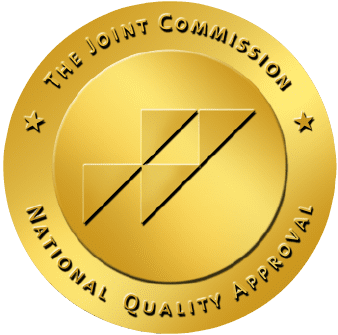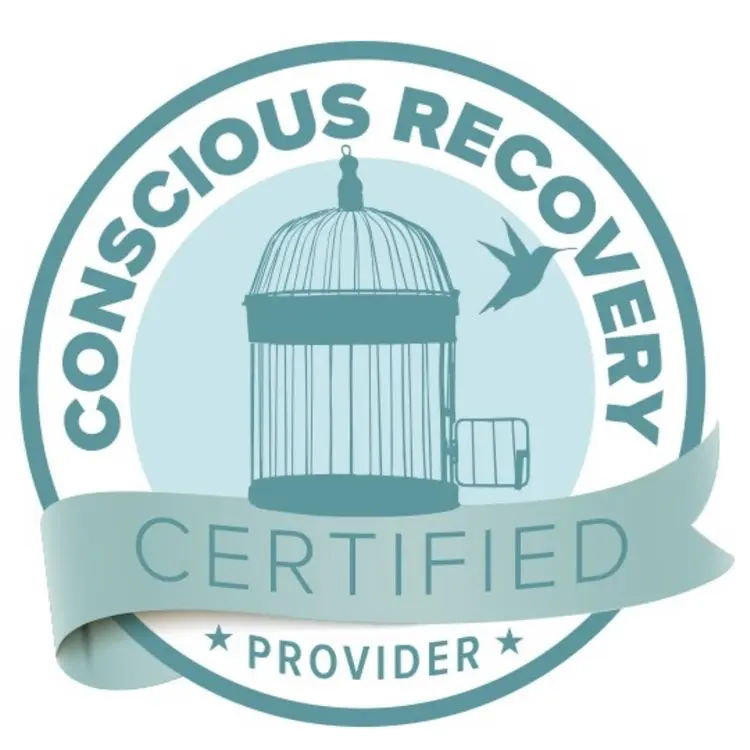Monima is an outpatient post-traumatic stress disorder treatment center specializing in trauma and designed specifically for women seeking mental health support in San Diego. We recognize that no two clients are the same, and PTSD looks different for everyone. That’s why our team provides trauma-informed, inclusive, and individualized care based on the needs, diagnoses, experiences, and goals of each client — regardless of where they are at in their wellness journey.
Navigating PTSD and trauma-related symptoms are challenging — especially difficult if you are facing them alone. Our mission is to provide care, support, and guidance every step of the way. We offer a variety of treatment modalities to address the needs, diagnoses, and wellness goals of each individual.
We foster a safe and inclusive environment where women feel empowered and supported during recovery. Monima offers the unique opportunity for clients to build lasting bonds and a sense of community while in treatment.
Are you asking yourself, “Do I Have PTSD?” Take our self-assessment to gain awareness of your symptoms and decide whether it’s time to seek help.

PTSD is complex and each journey is unique, not universal. Treatment programs at Monima provide individualized and comprehensive care that combines a variety of traditional and alternative techniques, from CBT, to Reiki, and Acupuncture. Our team recognizes the interconnectedness of the mind, body, and spirit and our holistic depression treatment center and recovery programs are designed to foster overall and lasting mental wellness.
PTSD treatment at Monima considers biological, psychological, social, and environmental factors that are unique to each individual. Our approach to treatment promotes long-term wellness and complete healing that goes beyond just relieving the symptoms of PTSD. At Monima, we provide an integrated, personalized, and diverse range of services that set each patient up for a breakthrough in their wellness journey and the chance at a sustainable and life-changing recovery.
Monima’s Intensive Outpatient Program (IOP) was built for women seeking part-time treatment for mental health and trauma. IOP is designed specifically for women ready for a level of support above traditional weekly therapy, or as a stepping stone between a full-time recovery program — such as PHP or residential treatment — and returning to their daily routines full-time. Clients in the IOP program receive 9-15 hours of therapeutic engagement per week.
Our Partial Hospitalization Program (PHP) is the highest level of care available. PHP is best suited for clients with mental health issues that have begun to interfere with daily life and persist despite therapy or medication. Most clients take a leave of absence from work, school, or their daily routines to fully commit themselves to the program. While in PHP, clients will be engaged in group and individual therapy for up to six hours per day, five days a week.
PTSD episodes and the associated symptoms are often overwhelming and disabling for survivors of trauma. However, there are positive coping and relaxation techniques that have been found incredibly effective in calming and reducing severity of symptoms during an episode.
Grounding, or focusing on sensory experiences and the present moment, is the most effective coping technique to alleviate the intensity of symptoms during a PTSD episode. Symptoms range from stressful memories, to anxiety, panic, anger, and flashbacks. Below are five examples of grounding techniques:
The 5 stages of PTSD are:
A PTSD flare-up can be understood as a sudden and intense recurrence (or episode) of symptoms related to post-traumatic stress disorder. Symptoms of a PTSD flare-up can vary from person to person, and symptoms can be emotional, cognitive, behavioral, and physiological. Here are some common symptoms that might manifest during a flare-up:
A few examples of a PTSD flare up include:
Find out if Monima is the right treatment center for you or your loved one. Please note: we are an insurance-friendly organization.

